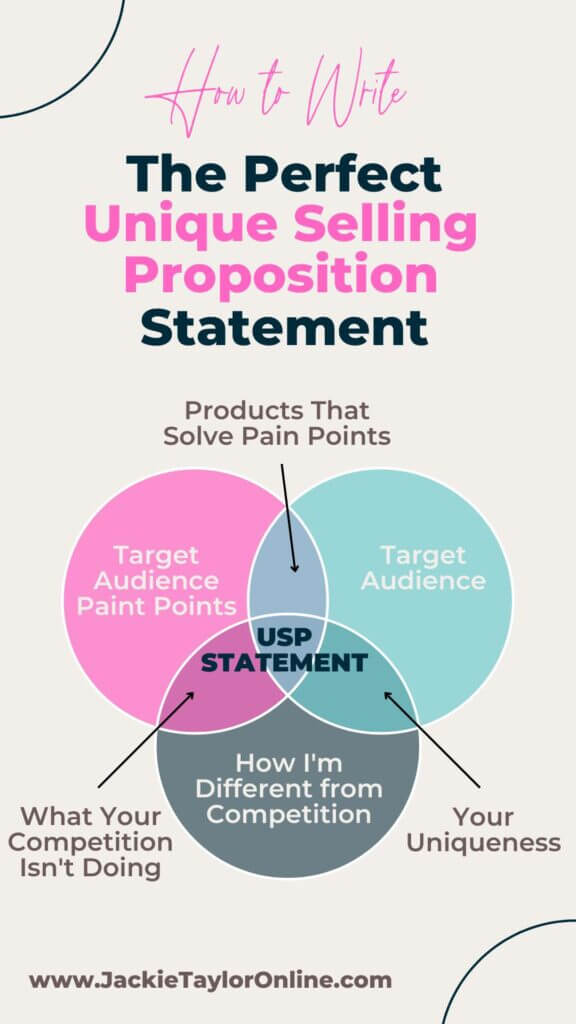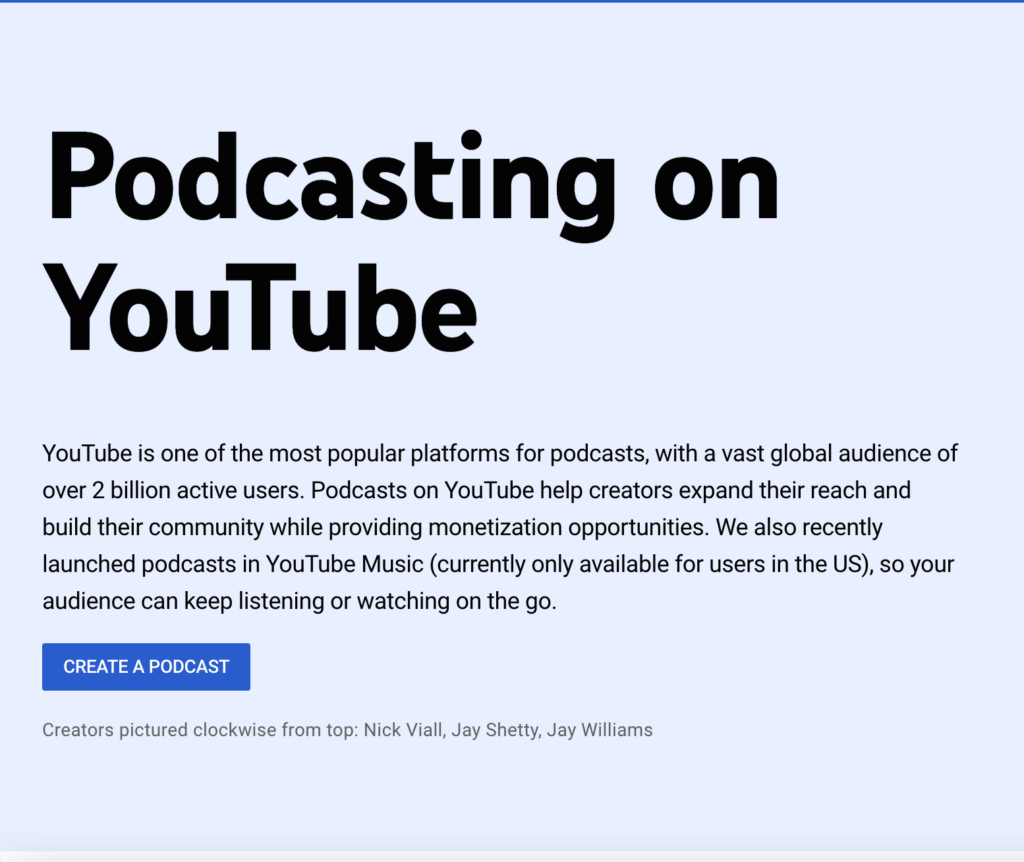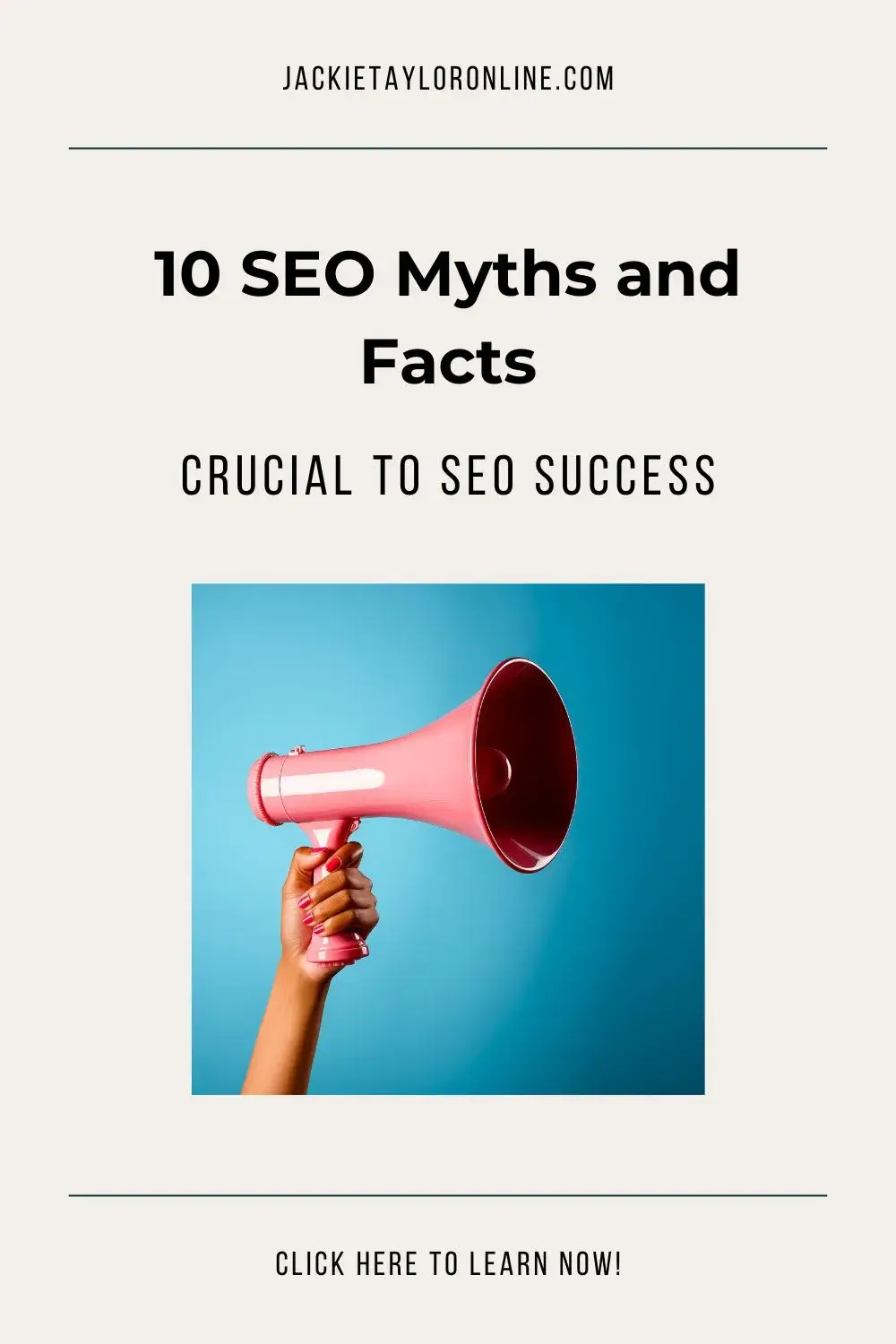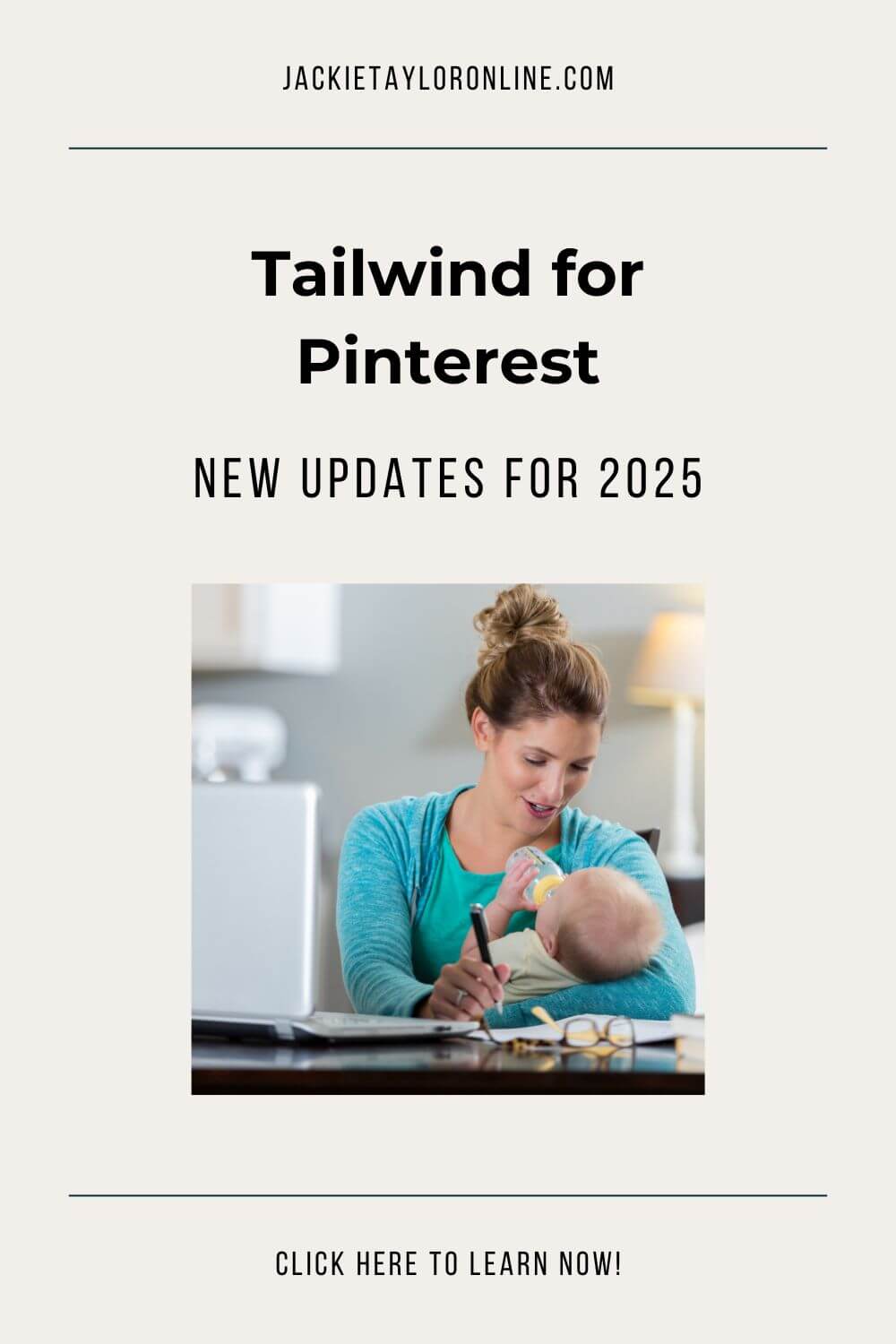
As online small business owners, we’re always seeking new and innovative ways to engage with our target audience. In recent years, storytelling has emerged as a powerful tool in the world of content marketing. By weaving narratives that resonate with your audience, you can create a stronger emotional connection and build a sense of trust and relatability.
In this article, we’ll explore the role of storytelling in content marketing, the essential elements of a compelling story, and how to integrate storytelling into different types of content formats. By the end of the article, you’ll have a better understanding of how you can create stories to use in your own content marketing efforts. Let’s get started.
Table of Contents
- Understanding the Role of Storytelling in Content Marketing
- Elements of a Compelling Story in Content Marketing
- Types of Stories to Use in Content Marketing
- Implementing Storytelling in Different Content Formats
- Conclusion
Understanding the Role of Storytelling in Content Marketing
Storytelling is an age-old art form that has been used to convey ideas, values, and cultural traditions for centuries. In the context of content marketing, storytelling allows businesses to communicate their brand message in a way that’s unique, engaging, and memorable. At its core, storytelling is about connecting with people on an emotional level, evoking feelings of empathy and understanding. Through this connection and relationship building, you’ll inspire your audience to actually take action.

The Science Behind Storytelling
Studies have shown that storytelling is more effective than traditional advertising in capturing people’s attention and keeping them engaged.
This is because stories activate multiple areas of the brain, including the parts responsible for processing language, memory, and emotion.
When we hear a compelling story, our brains release oxytocin, a hormone that promotes trust and social bonding. This means that by telling stories, we can create a stronger emotional connection with our audience, making them more likely to remember our brand message and act on it.
For example, let’s say you’re a company that sells eco-friendly cleaning products. You could tell a story about a family who switched to your products and saw a significant improvement in their child’s allergies.
By sharing this story, you’re not only promoting your brand, but you’re also creating an emotional connection with your audience by tapping into their desire to make healthier choices for their family.
Emotional Connection Through Stories
One of the key benefits of storytelling in content marketing is that it allows us to create an emotional connection with our target audience. By telling stories that resonate with people on a personal level, we can tap into their hopes, fears, and aspirations, and offer solutions that meet their needs.
For instance, if you’re a company that sells fitness equipment, you could tell a story about a person who struggled with their weight for years until they found your coaching or dietary plan. By sharing this story, you’re creating an emotional connection with your audience by tapping into their desire to improve their health and fitness.

Building Trust and Relatability
Another critical benefit of storytelling in content marketing is that it helps build trust and relatability with your audience. By sharing experiences and insights, you’ll create a sense of authenticity that resonates with them.
By illustrating the challenges that you’ve faced and the hurdles that you’ve had to overcome, you’re humanizing your brand. In a sense, you’re making it more relatable to your audience. And that relatability starts that know, like, and trust factor, which leads to sales.
For example, let’s say you’re a company that sells handmade jewelry. You could tell a story about how you started your business from your kitchen table and the challenges you faced along the way.
By sharing this story, you’re your authentic self and showing your audience that you’re just like them. You’re relatable. All of which are necessary to build trust and loyalty with your brand.

Overall, storytelling is a powerful tool in content marketing that allows you to connect with your audience on an emotional level. And most people who buy, are buying emotionally. That’s why the most sought after purchases relate to health, wealth, and relationships. Everything is about emotion and how things make you feel.
So always aim to create that emotional connection with your audience. Show them how you’re relatable and unique. What makes you different than your competition?
And if you’re unsure what makes you different from your competition, check out this article “How to Write a Unique Selling Proposition.”
Related Article: Types of Content Marketing: Why It’s Important to Your Business
Elements of a Compelling Story in Content Marketing
Effective storytelling in content marketing relies on a few core elements that are essential to creating a compelling narrative. When crafting a story, we must consider the following:
- A strong narrative
- Memorable characters
- Conflict and resolution
- Vivid imagery and descriptive language
1 . Developing a Strong Narrative
A strong narrative is the foundation of any compelling story. It should have a clear beginning, middle, and end, with a well-defined conflict and resolution. When developing a story, you want to identify the central theme and create a structure that supports it. A strong narrative is critical to keeping the audience engaged and invested in the story.
For example, let’s say you’re writing a story about a woman who’s trying to start her own small business. You could begin the story by introducing the main character and describing her struggles to get her business off the ground.
You could then introduce the conflict, perhaps a competitor who is trying to sabotage her efforts. Finally, you could resolve the conflict by having the main character persevere and ultimately succeed in her business endeavors.

2. Creating Memorable Characters
Characters are essential elements of any good story. They help to humanize the narrative by giving it a relatable face. When creating characters, you want to ensure that they’re well-developed.
You want them to be memorable. By giving your characters depth, some personality, and a unique perspective, you create emotional ties that keep the audience invested in the character’s story.
For example, in the story about the young woman starting her own business, you could create a memorable character in the form of a mentor who helps her along the way. This mentor could provide guidance and support, as well as a sounding board for the main character’s ideas and concerns.
By creating a memorable character like this, you can add depth and complexity to the story, making it more engaging for the audience.
This main character (the hero of the story) and a guide or mentor help lead the hero to a solution is the same structure that Donald Miller discusses in “Building a StoryBrand.” You can learn more about the StoryBrand framework and what I think about the book.
Related Article: Digital Content Strategy: Why is it important?
3. Incorporating Conflict and Resolution
Conflict is an essential element of any story. It creates tension and drama, driving the narrative forward. Without a clearly defined conflict, the story may fall flat. Every book, movie, or play has some sort of conflict that the main character(s) have to go through.
By offering a resolution to the conflict, you help to provide a sense of closure and satisfaction to the audience, ensuring that they walk away feeling fulfilled. That feeling of being fulfilled after working with you or buyer one of your digital products is how you get happy customers and raving reviews.
Again, if we’re looking at the story about the woman entrepreneur starting her own business, the conflict could be the competitor who is trying to sabotage her efforts. This conflict could create tension and drama, as the main character struggles to overcome the obstacles in her path.
By resolving the conflict in a satisfying way, such as having the main character ultimately succeed in her business and grow her revenue, you can provide a sense of closure and satisfaction to the audience.

4. Utilizing Vivid Imagery and Descriptive Language
Vivid imagery and descriptive language are crucial to creating a compelling story. They provide a sensory experience that helps the audience to visualize the narrative in their minds. By painting a picture with words, we can evoke emotions that engage the audience and keep them invested in the story.
For example, in the story about the female entrepreneur starting her own business, you could use descriptive language to create a vivid picture of her struggles and successes.
You could describe the long hours she spends working on her business plan, the frustration she feels when things don’t go as planned, and the joy she experiences when she finally achieves success.
By using descriptive language like this, you create a sensory experience that engages the audience and makes them feel like they’re a part of the story.
By incorporating these elements into your content, you can create compelling stories that engage and captivate your audience.
Types of Stories to Use in Content Marketing
When it comes to content marketing, there are several types of stories that’ll resonate with your audience. Here are a few examples:
1. Brand Origin Stories
Brand origin stories are powerful tools for creating a sense of authenticity and relatability. By sharing the history of our brand, we can create an emotional connection with our audience, showing them the values and principles that drive our business.
2. Customer Success Stories
Customer success stories are excellent examples of social proof. By showing how your products or services have solved real-world problems for your customers, you can build trust and credibility with your audience. To set up your testimonial request in an hour or less and easily gather your customer testimonials, check out SurveySolutions in the Taylored Content Shop.

3. Behind-the-Scenes Stories
Behind-the-scenes stories offer a glimpse into the inner workings of your business. By highlighting the challenges you face and the processes you use to overcome them, you humanize your brand, making it more relatable to your audience.
4. Educational and Informative Stories
Educational and informative stories are excellent tools for building thought leadership and establishing your brand as an authority within your industry. These stories help you provide valuable insights and information to your audience. They position your brand as a go-to resource for consumers.
Related Article: Unlock Your Writing Potential with Tailwind Ghostwriter
Implementing Storytelling in Different Content Formats
Storytelling can be integrated into many different types of content formats, including:
1. Blog Posts and Articles
Blog posts and articles provide an ideal platform for telling stories. By weaving a narrative throughout the piece, you create a compelling story that engages the audience and keeps them invested in the content.
2. Social Media Content
Social media provides a unique opportunity to tell stories in bite-sized pieces. By using short-form content like tweets or Instagram stories, you create a narrative that encourages engagement and builds brand awareness and relationships.
3. Video Marketing
Video marketing is an excellent way to tell visual stories that resonate with your audience. By creating compelling video content, you showcase your brand’s values, products, and services in an engaging and memorable way. And according to Demand Sage, “In 2023, online video is expected to account for 82.5% of all web traffic, making it the most popular type of content over the internet.”
4. Podcasts and Audio Content

Podcasts and audio content are a growing trend in content marketing. Audio is a great way to tell stories. It helps create an immersive experience for your audience that engages and evokes emotions.
And the best part? Your audience can listen to podcasts on the go, which is a huge perk in today’s busy world. Again, according to Demand Sage, “There are 464.7 million podcast listeners globally as of 2023. It is predicted that this number will reach 504.9 million by the end of 2024.”
That just shows how popular podcasts and audio content are. And YouTube now offers podcasters options to grow your podcast and monetize.
Conclusion
The power of storytelling in content marketing should not be underestimated. By weaving narratives that resonate with our audience, we can create an emotional connection that drives engagement and builds brand awareness.
Whether we are telling brand origin stories, customer success stories or educational and informative stories, we must always focus on creating a strong narrative, memorable characters, and vivid imagery that supports our central theme. By integrating storytelling into different types of content formats, we can create a dynamic marketing strategy that engages our audience and drives results.



+ show Comments
- Hide Comments
add a comment